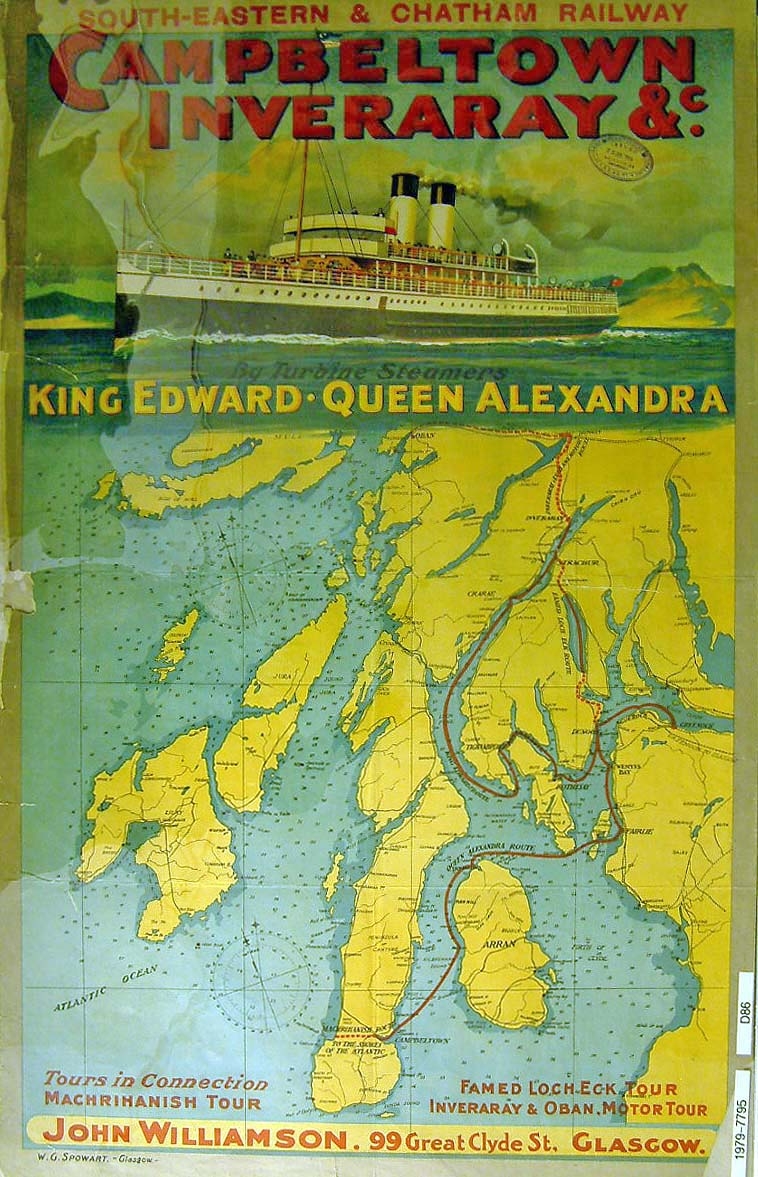In March 1918 a treaty between the Central Powers and the newly formed Bolshevik government of Russia was signed at Brest–Litovsk (now Brest in Belarus) which effectively ended the war on the Eastern Front.
This had two major effects on the Western Allies: firstly it freed up the forces of the Central Powers meaning that they could redeploy to both the Western Front and the Middle East Front: secondly it threatened the large naval and military stores in the Russian ports of Murmansk and Archangel through which the allies had been supplying the Imperial Russian Army.
Under pressure from the UK and France, the Americans agreed to the necessity of deploying forces to support the Loyalist (White) Russian Forces in the hope that they would defeat the Bolshevik (Red) Russians and thus re-open the Eastern Front.
As part of this operation Naval and Military forces were sent to the White Sea, the mission was twofold: Firstly to protect the Naval & Military stores at Murmansk and Archangel, secondly to mount an offensive which was to unite with White Russian Forces and support them against the Bolsheviks.
Prior to their arrival in the White Sea the military situation had changed dramatically hence the change in military priority. Not only were the stores threatened by the Bolsheviks, but a division of German troops had been landed in Finland, ostensibly to aid the White Finns (the more conservative forces involved in the Finnish Civil War), the British and French were concerned that if this force attacked Murmansk considerable supplies would be available to the Central Powers which could then be used against them in the West.
Into this confusing situation sailed a task force of ships bringing a mixed military force of British, American, French, Canadian and Australian soldiers whose job it was to undertake the various tasks assigned to them.
Within the naval task force were a number of Railway ships headed by HMS Pegasus, originally ordered by the Great Eastern Railway in 1914 as SS Stockholm it was mothballed and 1917 the Admiralty bought the partially built vessel and fitted it out as a mixed aircraft carrier. Also present were two vessels from the Caledonian Steam Packet Company; TSS King Edward and PS Queen Empress, both were fitted out as Hospital Carriers. The North British Railway also contributed two Hospital Carriers; PS Edinburgh Castle from it’s own fleet, and PS Lord Morton from the Galloway Saloon Steam Packet Co., in which the NBR held a majority interest.
Thanks to the diary of Ethelbert Daish (www.ethelbertsdiary.co.uk) it is possible to trace the operations undertaken by the Hospital Carriers. It appears that they mainly operated in Archangel and the Northern Dvina River. On the 20th July 1919 Ethelbert encounters the Queen Empress at Bereznick. Caught out, presumably whilst taking on wounded, the ship was stranded due to the low level of water in the river because of the dry conditions. On the 30th of that month having transported his own cargo of wounded down river he comes across the Edinburgh Castle in Archangel. By 3rd of August, Ethelbert is again at Bereznik, where on the 27th he reports the departure of Queen Empress, two days later he records passing this ship as it had run aground in his own words he understood
“…there is not much hope for her as the water is falling again and the tugs cannot move her.”[1]
On September 2nd whilst still on passage to Archangel, Ethelbert’s vessel discharges it’s wounded to Lord Morton, he then proceeds to Archangel when on September 7th several of his shipmates are transferred to King Edward which was homeward bound.
Ethelbert then records that on September 24th
“Two of the river transports have been taken to the White Sea today and blown up…It can scarcely be said that these paddle steamers have justified the expenditure. Apart from the upkeep I understand that the fitting out of the nine hospital carriers amounted to £2,000,000. Some of them did practically nothing. None have done a great deal. It has been a mismanaged affair altogether.”[2]
The two vessels blown up were Edinburgh Castle and Lord Morton. Officially it was recorded that these vessels were destroyed to prevent them falling into the hands of the enemy.
[1] www.ethelbertsdiary.co.uk accessed 28/5/2014
[2] www.ethelbertsdiary.co.uk accessed 28/5/2014
